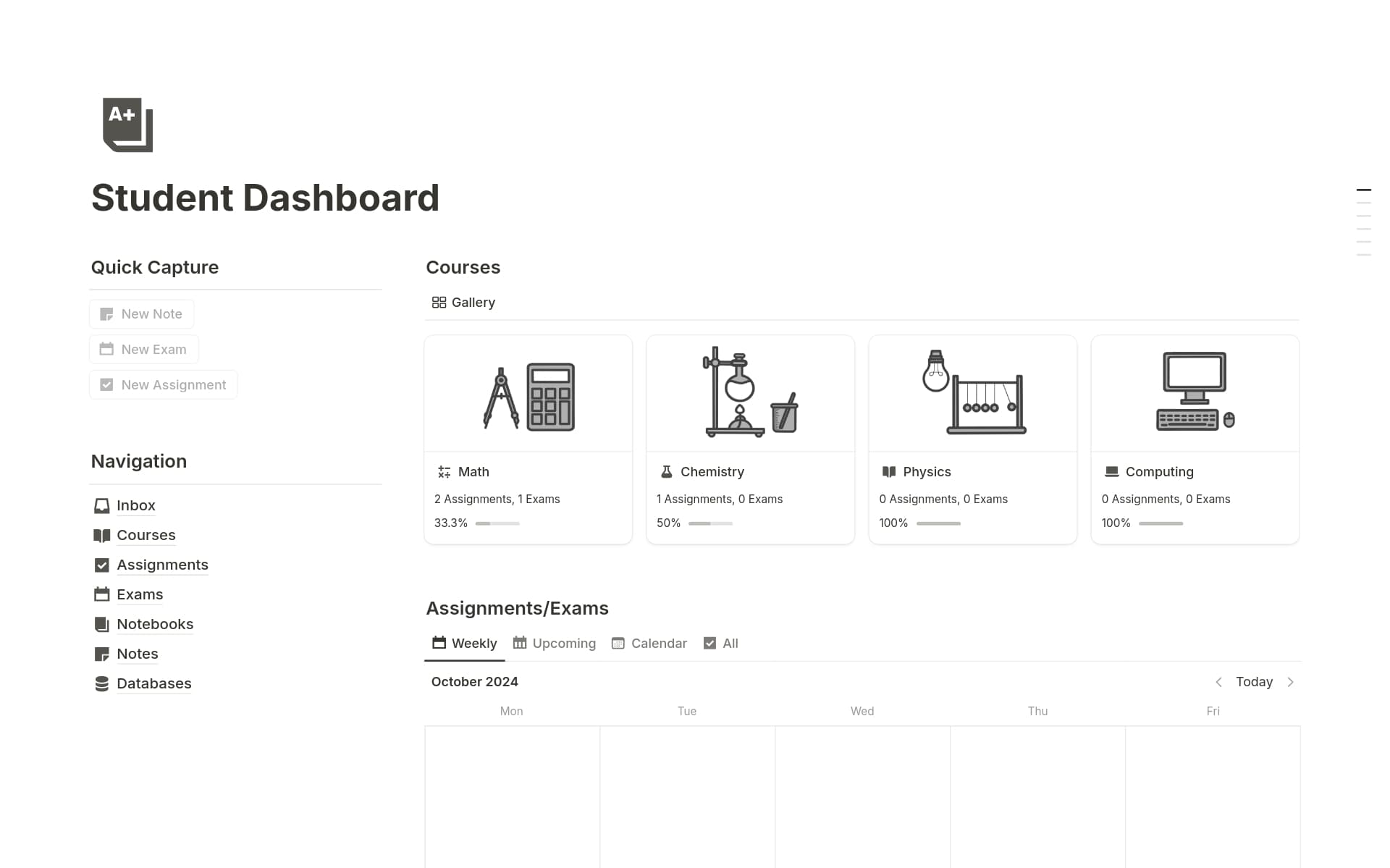Understanding your company's structure is crucial for efficient management and clear communication. It helps in defining roles, responsibilities, and reporting relationships, which can streamline decision-making and improve coordination across different departments. A Company Structure template in Notion can assist in visualizing and organizing this information, making it accessible and easy to update as your company evolves.
Before you start crafting your own Company Structure, consider exploring these Notion templates to simplify the process and ensure you cover all necessary aspects.
What Should Company Structure Templates Include?
Choosing the right company structure template in Notion can streamline your organizational planning and clarity. Here are key components to look for in a high-quality template:
Clear Hierarchical Layout: The template should visually delineate levels of management and departments, making it easy to understand the chain of command and reporting relationships.
Roles and Responsibilities: Each position within the hierarchy should be clearly defined with its responsibilities and expectations to ensure everyone knows their duties.
Integration Capabilities: A good template will easily integrate with other tools and platforms used by your company, enhancing productivity and communication.
Scalability: Look for a template that can grow with your organization. It should be easy to modify as your company evolves and expands.
Selecting a template with these components will help you maintain organizational clarity as your business grows and changes.
What Should Company Structure Templates Avoid?
When selecting a Company Structure Template in Notion, it's essential to be aware of certain elements that can complicate or hinder the clarity and functionality of your organizational framework. Here are three key components to steer clear of:
Overly Complex Hierarchies: Templates that feature convoluted and intricate hierarchy levels can lead to confusion and inefficiency. Opt for simplicity to enhance understanding and communication within the team.
Fixed Departmental Sections: Avoid templates that rigidly define department sections. Flexibility is key as it allows for adjustments and additions as your company evolves and grows.
Excessive Automation: While some automation can be beneficial, too much can make the template rigid and difficult to customize. It's important that the template can adapt to your specific organizational needs.
Choosing the right template involves looking for one that promotes clarity, flexibility, and scalability to accommodate the dynamic nature of your business.



